The special national historical site of Tay Son Thuong Dao relic complex (in Tay Son ward, An Khe town, Gia Lai province) is not only a strategic artery in the middle of the Central Highlands but also a place where many soldiers' footsteps and military plots of the Tay Son brothers: Nguyen Nhac, Nguyen Hue and Nguyen Lu were nurtured and hidden.
Strategic bloodline in the Central Highlands
The history of the Tay Son Thuong Dao relic is closely linked to the formation and development of the Tay Son movement, reflecting a turbulent but also heroic historical period in the cause of national unification, overthrowing corrupt feudal forces, and repelling foreign invaders.
Before being named “Tay Son Thuong Dao”, this route was originally a trade and exchange trail between Kinh people in the coastal area of Binh Dinh and ethnic minorities in the Central Highlands such as Ba Na, Xo Dang, Jarai. It existed in the form of trails through forests, along river valleys or mountain slopes, formed over hundreds of years by the need for migration, trade, and cultural exchange between the highlands and the plains. In the context of Dai Viet society in the mid-18th century falling into a serious crisis due to the weakening of the Le - Trinh dynasty, rampant corruption and tyranny, and miserable people's lives, the Tay Son - Binh Dinh region became the breeding ground for a large-scale uprising movement with the goal of overthrowing the old feudal order.
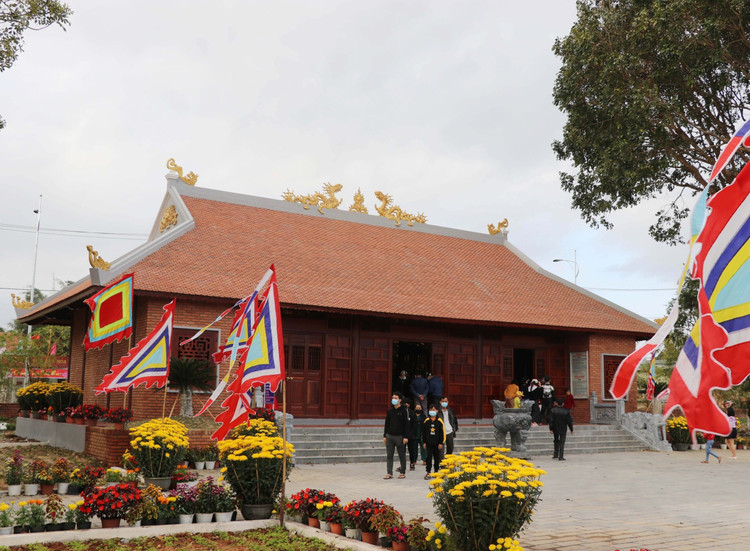
When the Tay Son uprising broke out in 1771, the terrain of the Central region, especially the mountainous area in the west of Binh Dinh bordering the Central Highlands, became a tactical advantage. In the early period, the Tay Son insurgents under the leadership of Nguyen Nhac took advantage of the existing network of trails to build field bases, transport food, weapons and mobilize forces. The routes from An Khe - Kbang (now in Gia Lai province) to Binh Khe, Phu Cat (Binh Dinh) became the "blood vessels" connecting the rear and the front lines. From Tay Son Thuong Dao, the Tay Son army could suddenly advance down to the plains to capture Quy Nhon, and from there expand the uprising area to the South (Gia Dinh), the North (Thuan Hoa - Phu Xuan), and further to Thang Long.
In particular, the An Khe – Kbang area is considered by history books and oral tradition as the “headquarters of the upper road” of the insurgents. This place not only has a dangerous position that is easy to defend, but is also the center of military organization, weapon forging, and food storage. Local legends say that many steep passes, streams, and mountains in the area were once the location of outposts, training camps, or food storage posts of the Tay Son army. Tay Son Upper Road is also the road that Nguyen Hue used to march at lightning speed from the Central Highlands, crossing An Khe Pass, heading straight to Phu Xuan to defeat the Trinh army, opening the way for the liberation of the country of great significance.
During the peak development period of the Tay Son movement, the Thuong Dao route was not only a strategic transportation route but also a place for “wintering” and training forces. Whenever the Tay Son court encountered difficulties in the plains, the deep forests of the Central Highlands became a place to reorganize and consolidate forces, waiting for the opportunity to counterattack.
Promoting Tay Son spirit
Today, the Tay Son Thuong Dao relic complex consists of 23 sites and 8 relic clusters distributed in 4 districts and towns: An Khe, Dak Po, Kbang and Kong Chro. Among them, the prominent tourist destination is the Tay Son Thuong Dao relic site in An Khe town. Located in what used to be one of the bases of the Tay Son insurgents, this relic site has main items including the Tay Son Tam Kiet temple, the Tay Son Thuong Dao museum, the statue of King Quang Trung - Nguyen Hue and An Khe Truong.
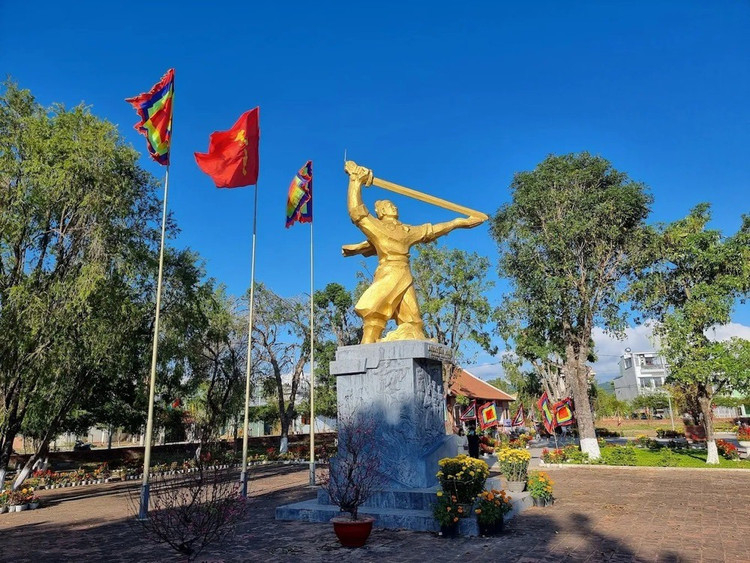
On the 4th and 5th of the Lunar New Year every year, the Tay Son Thuong Dao relic site in An Khe is where the Hue Cau Festival is held to commemorate the Tay Son uprising. The festival consists of two main parts: the ceremony with solemn rituals according to ancient customs praying for favorable weather, national peace and people's peace, and the festival with traditional cultural activities such as performing Tay Son traditional martial arts, gong performances, ring fighting, playing folk games, etc.
According to researchers, clarifying the values of the Tay Son Thuong Dao relic not only highlights the brilliant mark of the Tay Son movement but also provides scientific evidence of the process of migration, settlement, history of land reclamation, trade, village building of Kinh and Thuong people, and the worship of deities associated with the rich system of temples and shrines in the Thuong Dao region.
In 1991, Tay Son Thuong Dao relic was ranked as a National Historical Relic by the Ministry of Culture, Sports and Tourism. By 2021, this site was ranked as a Special National Historical Relic.
The Ministry of Culture, Sports and Tourism has just sent an official dispatch to the People's Committee of Gia Lai province to appraise the Technical Economic Report on the conservation and restoration of the Tay Son Thuong Dao relic complex.
Accordingly, the Ministry of Culture, Sports and Tourism noted that the area to renovate the An Khe Truong stadium has a large area, however, the renovation plan does not have technical regulations on drainage and the slope of the stadium surface, so it will continue to be the cause of the relic stadium deteriorating quickly after being renovated.
It is necessary to preserve and reuse as much as possible old tiles that are still usable; protect the exhibits displayed in the interior of the Exhibition House to ensure safety throughout the construction process; the Ministry of Culture, Sports and Tourism requests that within 60 days from the date of handover and putting the project into use, the investor must send the project diary and completion records to the Department of Cultural Heritage for storage and to serve the management of the relic.
Source: https://khoahocdoisong.vn/di-tich-quoc-gia-dac-biet-tay-son-thuong-dao-post1552158.html



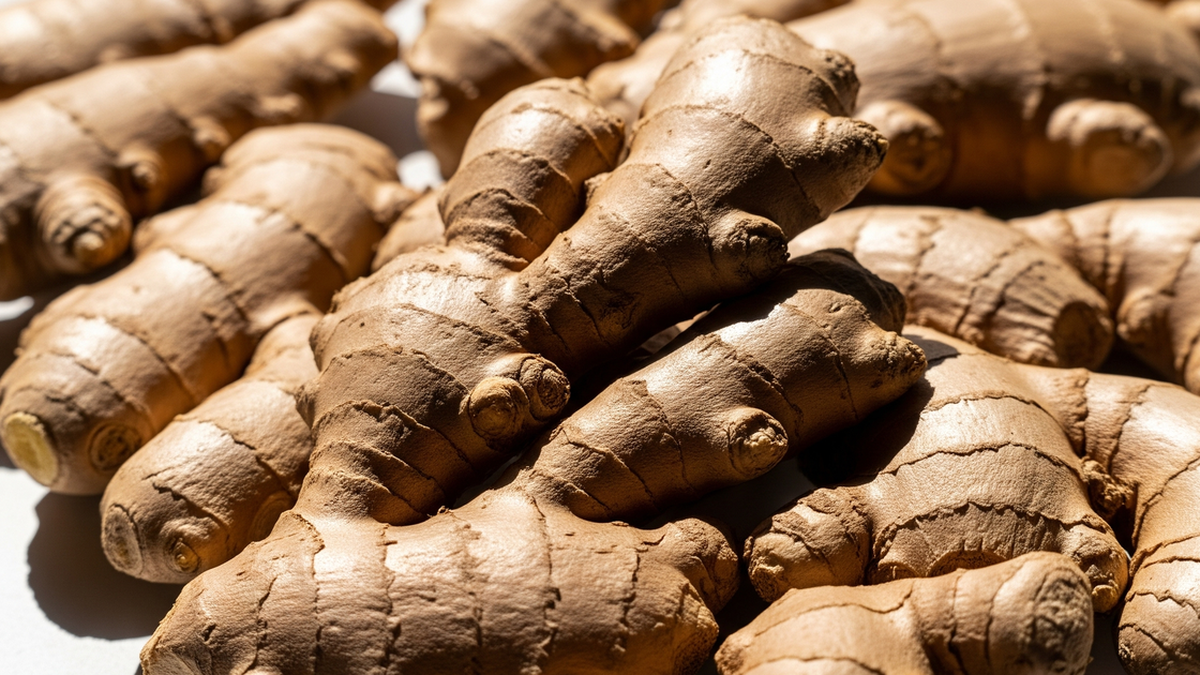




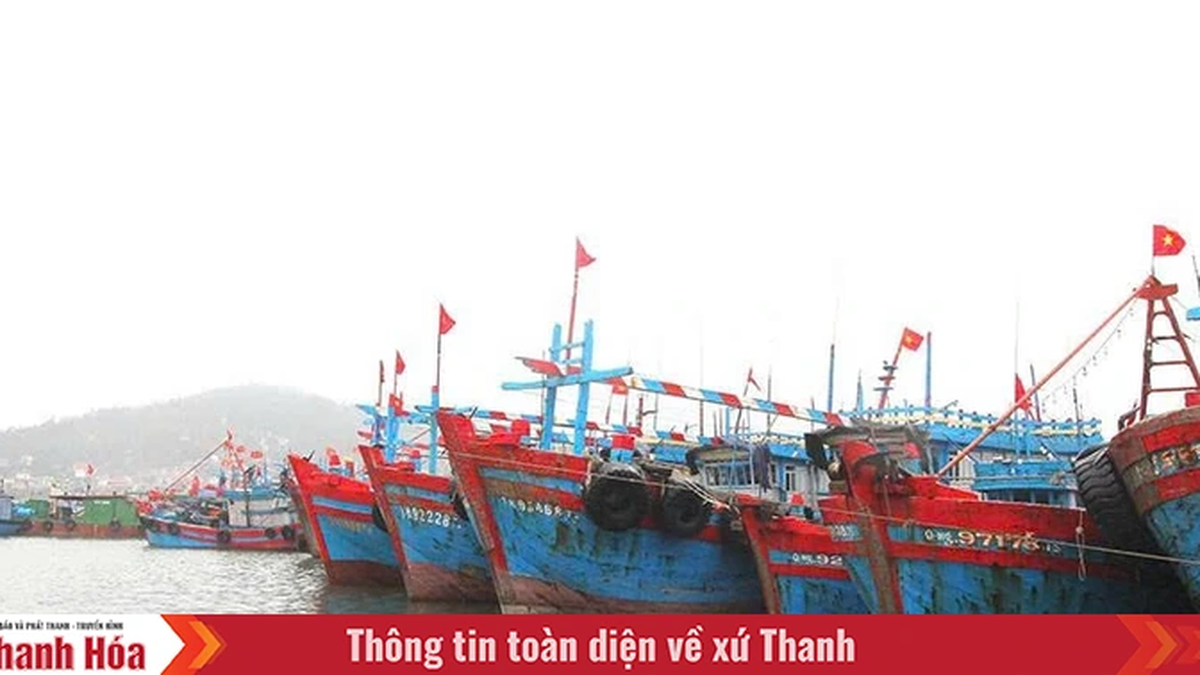
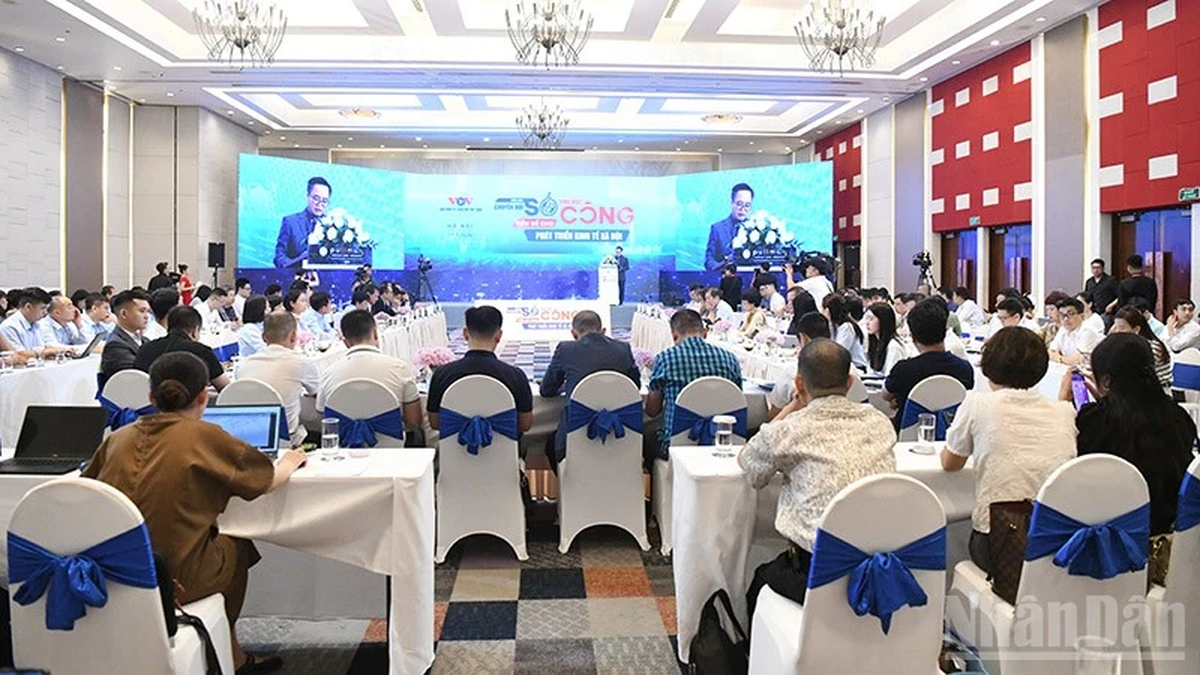


























































































Comment (0)